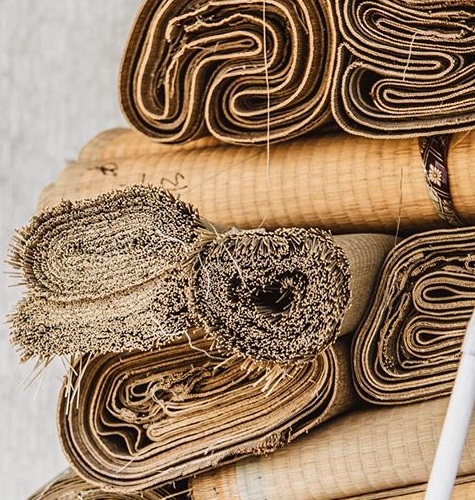FWP:
For background see S. R. Faruqi's choices. This verse is NOT one of his choices; I thought it was interesting and have added it myself. For more on Ghalib's unpublished verses, see the discussion in {4,8x}.
Well, on this one there's obviously no consensus among the commentators. Zamin is right to ask what special relationship there is between faqir-ness and youth (such that it would justify the bhii ). I myself like the idea of reading phuu;Nknaa as 'to blow or breathe a charm or incantation' (see the definition above). The wave of existence wrapped Asad in the reed-mat (=body?) of a faqir (on reed-mats see {10,3}), but it also blew over him a blessing or a magic spell, the effect of which was that 'even/also in faqir-ness, there remains the mischievousness of youth'. Asad may be a faqir, but he's no ordinary one-- he's exceptionally lively, wickedly mischievous, young. (If we accept the traditional birth-date of 1897, the poet may have been in his late teens when he composed this verse.)
Even if the imagery doesn't come together perfectly, it's so vividly unusual, and and so provocatively framed, that the verse invites us to chew on it. There's always the hope of finding that Ghalibian 'aha!' moment. It feels as though there's some cultural practice or ritual or game that the verse is evoking, and we just don't know what it is.

Asi:
The wave of existence placed Asad in a reed-mat and blew on him. In this verse the wave of existence has been, with regard to its wave, a reed-mat. That is, Asad's own existence has ruined and destroyed him; for this reason it has a similitude with the wave of existence. Thus because of the reed-mat too, Asad can be called a faqir. But the wave of existence's blowing in this way tells us that in it there's still the mischievousness of youth. Between 'mischief' and 'blowing' [=inflaming, kindling] there is, because of mischief, an affinity of word and meaning. The mischievousness of youth is the burning of passion.
== Asi, p. 224